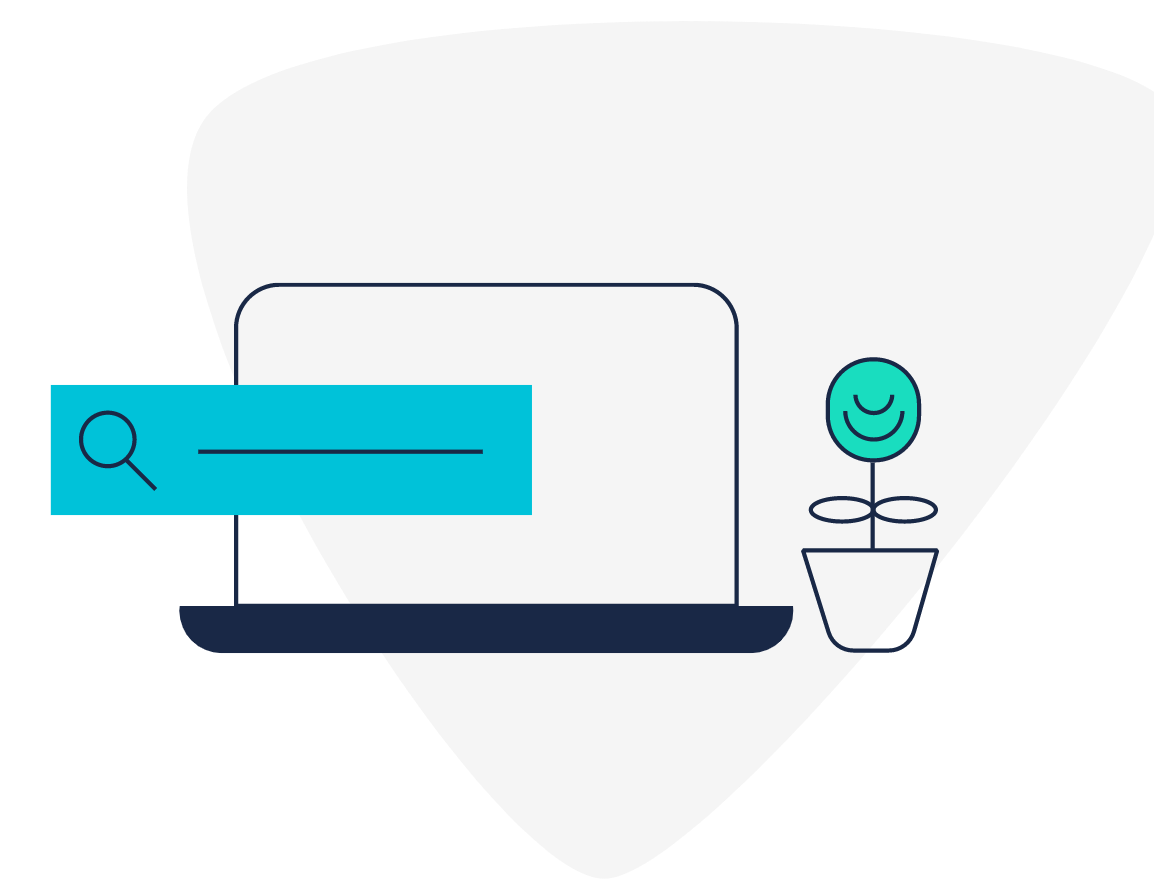What is strategic procurement?
Strategic procurement, or procurement strategy, is the process businesses use to acquire goods or services of the right quality, at the right price, and in time to meet customer demand. It brings procurement activities in-line with a company’s broader objectives, while also reducing supply chain risk.
Strategic procurement is a long-term, organization-wide process. It requires co-operation from all departments throughout a company. It’s closely related to terms like strategic purchasing and strategic sourcing, and includes activities such as managing budgets and researching, identifying, and selecting suppliers.
In strategic procurement, the goal is to get the most efficient return out of the company’s purchasing power while also reducing operational risks. Companies may opt to have a dedicated strategic procurement team in order to set the direction of the business by using data from the existing procurement process to implement future plans.
What is procurement?
Procurement is the term for the process businesses use to source and manage external resources. This includes activities such as identifying the need for goods or services, assessing and selecting vendors, negotiating prices and creating purchase orders.
As such, procurement includes sourcing, which involves identifying suppliers who can meet particular requirements, and purchasing, which covers the tasks specifically involved in making a purchase.
In order to optimize procurement activity, companies may undertake approaches such as tactical procurement or strategic procurement.
Whereas tactical procurement may focus on short-term goals such as purchasing goods for the lowest possible price, strategic procurement has a longer-term focus and prioritizes factors such as strong supplier relationships.
What are the goals of strategic procurement?
Strategic procurement objectives often center around cost reduction, but this isn’t the only consideration. By focusing on the wider objectives of the business, companies can use strategic procurement to achieve a diverse range of goals, such as:
- Choosing suppliers that best match the company’s business aims
- Minimizing maverick spend, which reduces procurement efficiency
- Procuring higher quality goods or services
- Building robust relationships with suppliers
- Collaborating with suppliers on areas such as R&D
- Managing/minimizing supply chain risk, for example by identifying alternative suppliers in different geographical locations
- Reducing the supplier base in order to focus on key relationships and benefit from economies of scale
- Generating cost efficiencies in procurement processes with the aim of maximizing ROI
These diverse capabilities are the main reason that strategic procurement is instrumental in helping businesses reach their strategic goals. And it can also deliver insights that can be used to inform the supplier management process.
Conversely, without a strategic approach to procurement, businesses may lack visibility over their purchasing activities, which may in turn hinder negotiations with suppliers. The process of sourcing and selecting suppliers may also be overly time-consuming and inefficient without a strategic approach.
What does strategic procurement include?
Strategic procurement involves identifying key areas of spend within the business and identifying ways of adding value through procurement processes. This can be achieved by analyzing the company’s purchasing needs and current spend, creating a procurement strategy and selecting and negotiating with suppliers. It also includes activities such as category management.
The Strategic procurement process
Although the approach to strategic procurement might vary from company to company, depending on a range of factors, the general outline below shows what the process typically looks like. The strategic procurement process is made up in part of the sourcing process:
- Needs analysis: Understanding what types of goods and services the company needs to purchase
- Spend analysis: Analyzing existing spend by sourcing data from suppliers as well as from within the organization
- Supply market analysis: Researching the supplier market to identify suppliers able to meet different needs
- Procurement strategy creation: Determining the company’s supplier requirements, selection process, procurement policies and strategic objectives, and setting these out in a procurement strategy
- Supplier selection: Undertaking a Request for Quote (RFQ), Request for Information (RFI) or Request for Proposal (RFP) exercise with shortlisted suppliers to evaluate their suitability for the company’s requirements
- Negotiation: Negotiating with chosen suppliers and awarding contracts
Category management
Another component of strategic procurement is category management, which involves segmenting the organization’s spend on goods and services across different categories, such as IT, HR, office management and travel and entertainment (T&E). A category manager may be appointed for each category in order to focus narrowly on optimizing specific areas of purchasing, including carrying out market analysis, managing supplier relationships and ensuring that appropriate purchasing decisions are made.
Strategic procurement technology
Technology has an important role to play when it comes to strategic procurement. Companies may take advantage of procurement software solutions, which often come as part of a broader supply chain management platform.
These solutions often cover areas such as spend management, RFP and RFQ exercises, and contract management. They can help businesses increase their visibility over the procurement process, optimize their supplier selection process, and manage their supplier relationships more effectively.
Technology can also be leveraged for activities such as running e-auctions, which require suppliers to compete with each other for contracts. And, last but not least, companies can strengthen their supplier relationships and increase the resilience of their supply chains by adopting early payment solutions such as supply chain finance and dynamic discounting.
Both solutions enable suppliers to access early payment on their invoices. Supply chain finance includes payment by a third-party funder, whereas dynamic discounting involves deploying the buyer’s excess cash in order to take advantage of early payment discounts.
